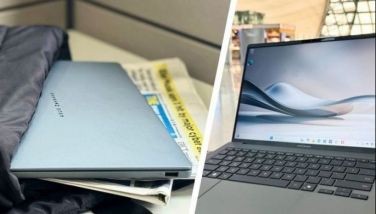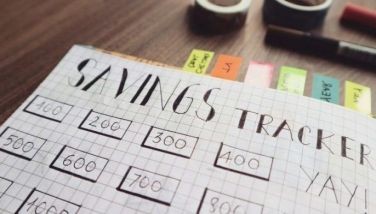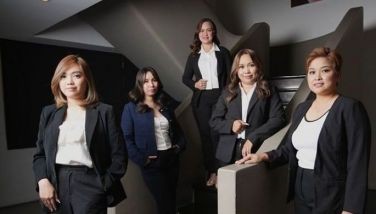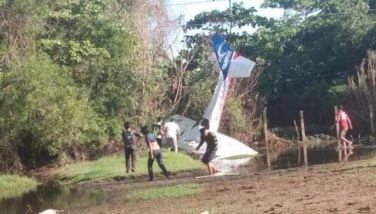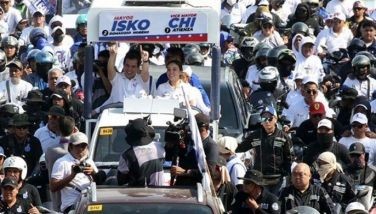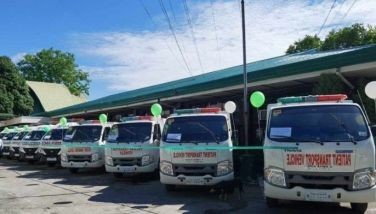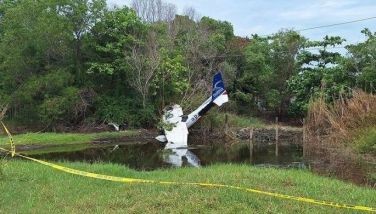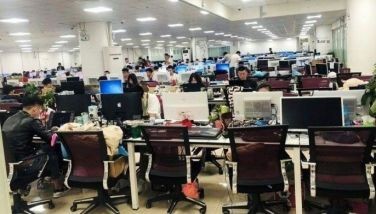Feuding Moro clans end almost half a century of conflict
MAGUINDANAO, Philippines - The military on Wednesday urged feuding Moro clans to emulate how elders of two groups reunited over the weekend after almost half a century of hostilities that exacted fatalities on both sides.
Brig. Gen. Noli Orense, assistant commander of the Army’s 6th Infantry Division (ID), said credit has to go to Mayor Abolais Manalao of Buldon and Col. Ariel Dela Vega of the 603rd Brigade for having reconciled the Codanding, Malambot and Aloh families and their enemy, the Macauyag, Madid and Cawi clans.
Buldon is an agriculturally-booming hinterland municipality in the first district of Maguindanao.
The two clans reconciled at the headquarters of the 603rd Brigade in Maguindanao’s Sultan Kudarat town, ending a conflict that raged for almost 50 years, where both sides used assault rifles and shoulder-fire grenades in one encounter after another to overcome each other.
In a report to 6th ID, Dela Vega said the animosity between the two rival groups was sparked by a misunderstanding over a firefight involving one side and a third party, causing a “rido” that was to last for decades.
Rido is a generic term for clan war among most southern ethno-linguistic groups.
“There was a miscommunication between them from the start. One group blamed the other for instigating that firefight and so a continuing bloodshed went on for decades,” Orense said, citing reports reaching his office at the 6th ID in Camp Gonzalo Siongco.
There are long stories of how the two clans figured in fierce clashes that dislocated innocent villagers at peasant enclaves in their common domicile at the border of Maguindanao’s adjoining Buldon and Barira towns.
The conflict got even more complicated as they supported rival candidates for local positions during electoral exercises.
Local commanders of Moro secessionist groups tried, but failed to resolve the rido owing to neutrality issues that saddled their efforts. Many members of the feuding clans are identified with the rivals Moro Islamic Liberation Front (MILF) and the Moro National Liberation Front (MNLF).
Local officials in Buldon said it was only when Manalao and Dela Vega started reaching out that the two clans decided to forge a peace deal to end decades of strife.
Local Muslim clerics said one factor that motivated the rido protagonist to reunite anew is the improving economy in their villages, spawned by the infrastructure projects, such as arterial road networks, of the office of Gov. Mujiv Hataman of the Autonomous Region in Muslim Mindanao (ARMM).
“There is no way now, but enjoy the bounties of peace and the dividends of economic growth in these areas, which will be elusive for them if they refuse to reconcile,” Dela Vega said.
Manalao, an ethnic Iranun, said he is thankful to his constituent-religious groups who helped resolve the rido.
Manalao said the newly reunited families can effectively demonstrate how they value each other’s “maratabat,” which means clan pride and honor, if they adhere religiously to the peace deal they crafted.
“Being at peace with relatives, with all people around us is also a source of pride and honor. That is good maratabat. That is something that will give us peace of mind and economic progress,” Manalao said in Filipino.
Most cases of rido in the ARMM were precipitated by affronts on clan maratabat.
- Latest
- Trending












